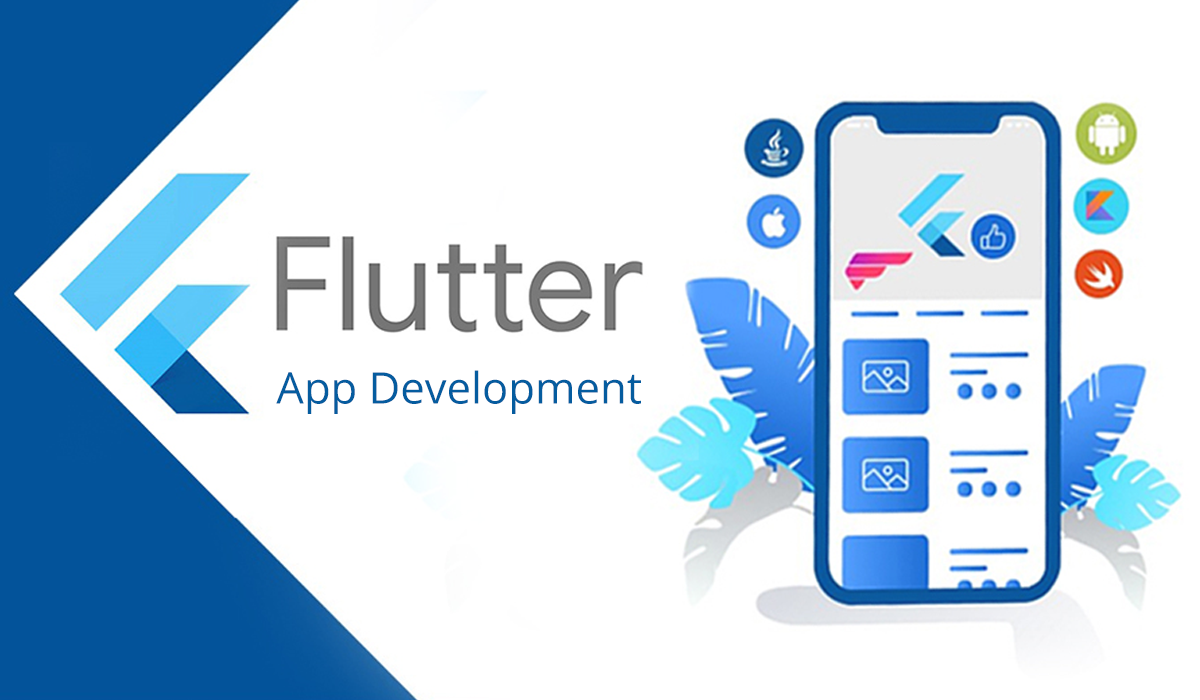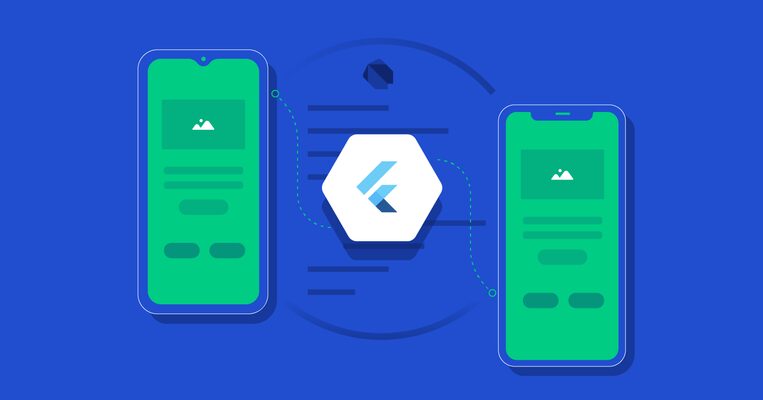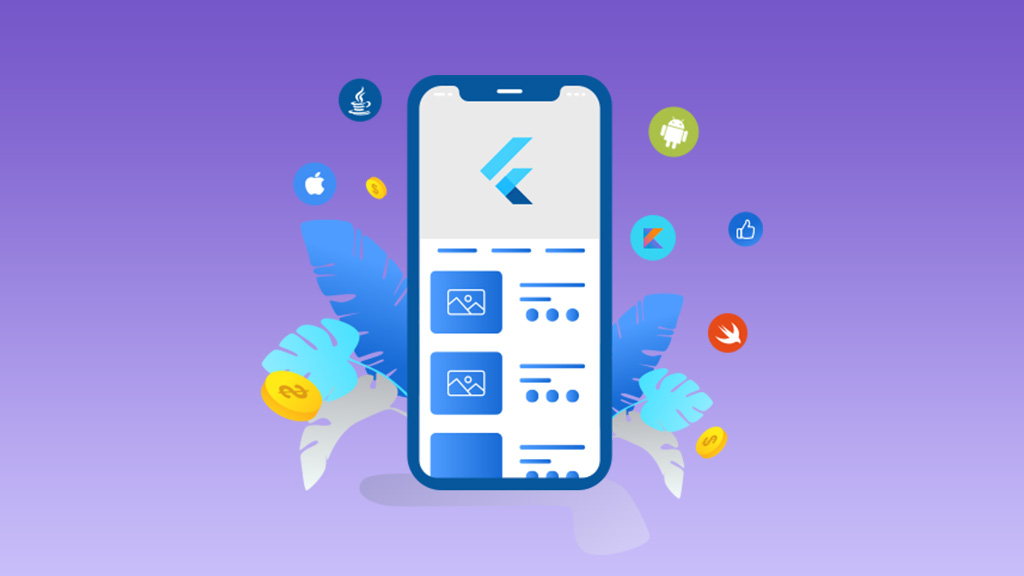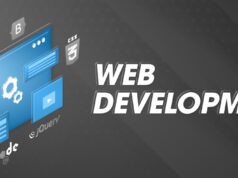
The development of Flutter apps has swiftly gained popularity in the technology sector, transforming the approach that developers and companies take in creating mobile applications. As a groundbreaking framework introduced by Google, Flutter distinguishes itself in the dense market of software technologies with its distinct features and efficient methodology for app construction.
As one of the leading flutter app development companies, Evrone understands the significant benefits of Flutter app development. It not only simplifies the process but also enhances the performance and functionality of applications across various platforms.
What is Flutter?

This UI software development kit created by Google is designed to craft natively compiled mobile, web, and desktop applications from a single codebase. It first debuted in May 2017 and has since evolved into a robust framework reshaping the landscape of apps.
Its journey began as an attempt to address the complexities and limitations of existing frameworks. It quickly gained popularity among companies and individual developers for its ability to deliver high-quality, natively compiled applications for both Android and iOS from a single codebase. This efficiency makes it stand out among other technologies, cementing its place as a revolutionary tool in the software domain.
A key aspect of Flutter’s prowess is its use of Dart, a concise, object-oriented programming language also built by Google. Dart’s effectiveness in its architecture allows for a reactive and expressive framework, providing a rich set of fully customizable widgets to build complex UIs.
As for its current status, it has expanded beyond mobile apps. Its web version, which is in a stable phase, enables high-quality, interactive web applications with a seamless user experience. Flutter for desktops is also making strides, allowing programmers to compile the same codebase to target Windows, macOS, and Linux. These advancements in web and desktop versions of Flutter are a testament to its versatility and growing dominance in the app development market, offering a unified framework for a diverse range of platforms. This cross-platform capability is one of the main advantages of Flutter app development, empowering businesses to reach a wider audience with consistent performance and user experience.
Advantages

- Efficient development process with a single codebase: Flutter’s single codebase approach is a game-changer, allowing programmers to write one code set for iOS and Android platforms. This significantly reduces time, resource requirements, and overall complexity, making it a highly efficient process.
- Hot reload feature and its impact on development speed: The hot reload feature marks a groundbreaking development in programming. It allows developers to view code changes nearly instantaneously, all while maintaining the current state of the application. This significantly speeds up the development process, enabling quick and efficient iterations.
- High performance and comparison with native app development: Flutter apps are known for their exceptional performance. They run directly on the device, delivering native-like performance and a seamless user experience. Its performance frequently rivals that of native applications, enhanced by the added benefit of cross-platform compatibility.
- Internationalization and accessibility support: Flutter simplifies the process of creating apps that are accessible and internationalized. It supports multiple languages and locales, features like screen readers, and scalable text, making apps accessible to a broader audience.
- Open source community and resources: Being open source, it benefits from a robust community and a wealth of resources. This community-driven environment fosters continuous improvement, innovative features, and extensive documentation and support.
- Shorter time-to-market and unified UI across platforms: The unified codebase streamlines development and ensures a consistent UI across different platforms. This uniformity, coupled with the reduced time, leads to a shorter time-to-market for apps.
- Detailed insight into hot reload feature: The hot reload feature deserves a closer look. It’s not just about speed; it’s about enhancing the creativity and productivity. Real-time feedback allows experimenting with different UI designs and functions, leading to innovative and user-friendly applications.
- Shorter testing process due to single codebase: Its single codebase significantly reduces testing time. Since the same application runs on multiple platforms, there’s a reduced need for separate tests. This accelerates the testing phase and ensures a more consistent and reliable end product.
These advantages contribute to why Flutter app development is an attractive option for businesses and developers.
Limitations

While Flutter offers numerous advantages in app development, it’s essential to recognize its limitations and challenges. Being informed about these aspects helps you make balanced decisions when choosing Flutter for your project. Below are some key disadvantages:
- Relative newness and associated risks: Flutter is still evolving as a relatively new player in the app development field. This newness can be a double-edged sword, bringing innovative features and carrying the risks associated with a less mature technology. Businesses may face uncertainties regarding long-term support, stability, and the framework’s evolution.
- Limitations in advanced features and compatibility: While efficient for mobile app development, Flutter has limitations in its support for advanced features and compatibility with specific platforms like tvOS and watchOS. This can be a significant drawback for businesses building applications for various devices and platforms.
- Challenge of finding experienced Flutter developers: The talent pool for experienced developers is growing but still limited compared to more established languages and frameworks. This scarcity can pose a challenge for businesses seeking skilled professionals who can leverage Flutter’s full potential.
- Potential issues with native widgets and UI updates: Its approach to UI design involves using its own rendering engine to create widgets. While this allows for a high degree of customization and consistency across platforms, it can also lead to challenges in maintaining native look and feel, especially when new versions of iOS or Android are released. Updating and aligning its widgets with the latest platform-specific UI trends can be a complex process.
It’s important to weigh these challenges against the advantages of using Flutter, like its efficient development process, cross-platform capabilities, and strong performance, to make an informed decision that aligns with the project’s requirements and goals.
Conclusion

In summary, Flutter emerges as potent and dynamic in the app development arena, offering a suite of advantages that cater to the needs of modern app development. Its ability to use a single codebase for iOS and Android, coupled with features like the hot reload & a supportive open-source community, significantly enhances the process.
However, it’s also important to recognize Flutter’s limitations. Its relative newness in the market brings certain risks, and there are challenges in finding experienced developers. Additionally, Flutter faces limitations in advanced feature support for platforms like tvOS and watchOS and potential issues with native widget compatibility and UI updates.
Evrone understands these pros and cons deeply. By offering a balanced view of Flutter’s capabilities and constraints, businesses and developers can make informed decisions that align with their specific project needs and market goals. Ultimately, Flutter represents a significant step forward in evolving app development, blending efficiency, performance, and versatility uniquely and powerfully.












